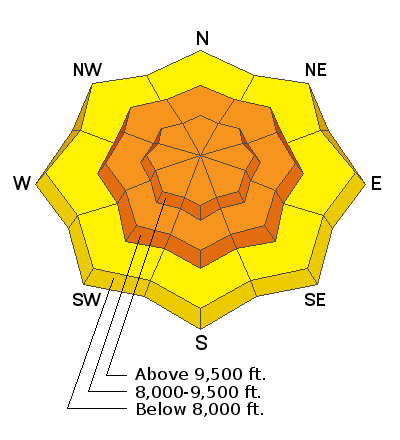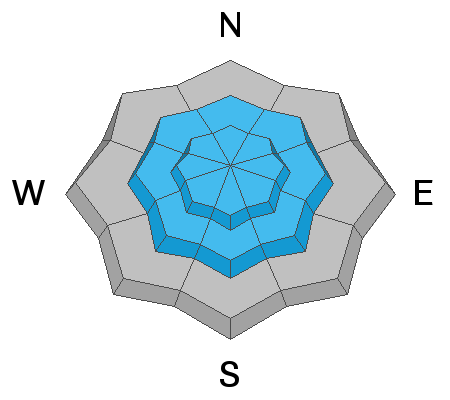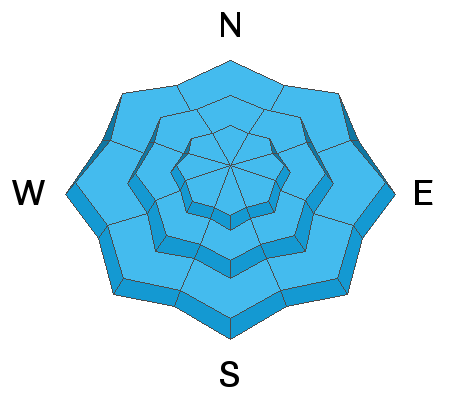Avalanche Watch
THE AVALANCHE DANGER FOR THE WARNING AREA WILL LIKELY RISE TO HIGH BY SATURDAY AND VERY DANGEROUS AVALANCHE CONDITIONS ARE LIKELY TO CONTINUE THROUGH THE WEEKEND.
WATCH IS FOR HIGH AVALANCHE DANGER IN THE BACKCOUNTRY BEGINNING SATURDAY MORNING AND LASTING THROUGH THE HOLIDAY WEEKEND
FOR ALL THE MOUNTAINS OF NORTHERN UTAH INCLUDING THE WASATCH RANGE...BEAR RIVER RANGE...UINTA MOUNTAINS...MANTI SKYLINE
HEAVY SNOW AND DRIFTING WILL OVERLOAD BURIED PERSISTENT WEAK LAYERS AND CREATE WIDESPREAD AREAS OF UNSTABLE SNOW. BOTH HUMAN TRIGGERED AND NATURAL AVALANCHES WILL BECOME LIKELY. STAY OFF OF AND OUT FROM UNDER SLOPES STEEPER THAN 30 DEGREES.
The final report about the Wilson Glade avalanche in Millcreek Canyon in the Salt Lake mountains
has been published. Our deepest condolences go out to the friends and families involved in this tragic accident.
This morning temperatures are in the low to mid 20's F and winds are westerly. At the mid-elevations, winds are averaging in the teens with gusts in the 20's mph. At 11,000' winds are much stronger, averaging in the low 30's and gusting in the low 50's mph.
Snowfall began overnight and as of 6 am 2-6" of dense (8-10%) snow has fallen in the Provo-area mountains.
The National Weather Service has issued a Winter Storm Warning effective through 11:00 pm tonight. For today, 3-6" of dense snow is forecasted with temperatures in the 20's. Winds will shift to the northwest and at the mid-elevations average in the teens with gusts in the 20's mph. Along the uppermost ridges, winds will average in the 20's with gusts near 50 mph.
Looking ahead, a very active pattern is expected with storms forecasted Saturday into Sunday and again Monday into Tuesday. Additional storms are expected later this coming week.
We received no observations from the Provo mountains on Thursday. Further north in the Salt Lake mountains, no backcountry avalanches were reported other than some small fresh wind slabs cracking. Yesterday, my partner and I found additional evidence of recent avalanching in Mineral Fork, with avalanches on steep northeast aspects at the tops of
Highline and
Moonlight. Both of these slides appeared to be natural avalanches occurring on wind-loaded slopes. These are in addition to the very large slide reported in
Barrieto that reached the creek bottom in Mineral Fork. All of these avalanches likely occurred sometime during the storm sometime between February 5-7.
Although specific to the Salt Lake mountains, our
Week in Review - where we highlight significant avalanche and snow events for the past week - is
published.











